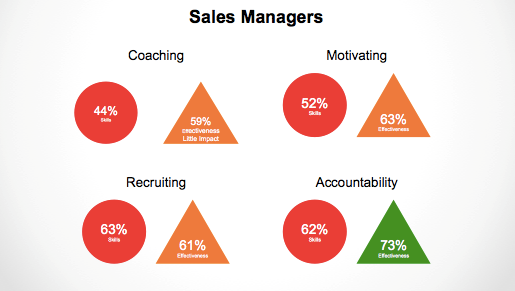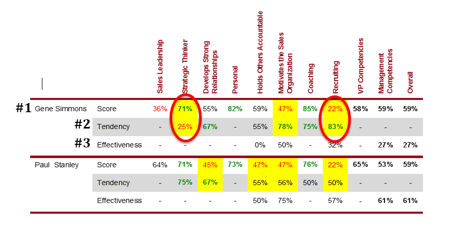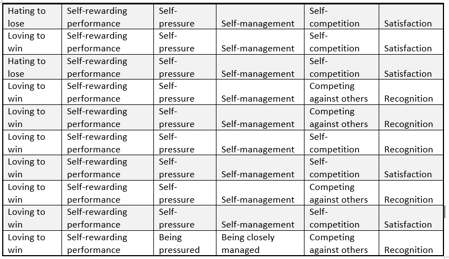Before reading this article, please download our free e-book "Why is Selling so #%&@ Hard" to better understand the effort required to guide and lead your sales team to extraordinary results.
It’s been a few years since I’ve been in a Dave and Busters establishment. There was a time when I would go at least once a year. When I was younger, my source of entertainment was hanging out at sports bars with pool tables, shuffleboards and basketball games. About 25 years ago, that entertainment became watching my kids enjoy the arcade games Dave and Busters offered.
It was there that I learned about Whack–A–Mole and sales management. I really didn’t tie the game to sales management immediately. That is a more recent realization I have come to over the last 10 years as I’ve visited with executives who are trying to figure out sales growth (SGO) within their company.
What I learned about Whack–A–Mole is that it did not require any specific talent. It did require effort – which requires no skill. And, it did require a couple of strands of specific athletic DNA:
- Hand/eye coordination
- Fast twitch muscle fibers
The same holds true for managing salespeople relative to effort. Putting forth the effort to coach and motivate people, as well as hold them accountable to performance, requires no skill. Let me repeat – THE EFFORT requires no skill. Therein lies part of the problem with growing your sales team.
With Whack-A-Mole, I never got a sense there was a systematic way to approach the game. The moles did not appear to be popping their little heads up in a particular sequence. They appeared randomly much like they used to in my back yard when I lived in Blue Ash, Ohio.

This is exactly what I observe and hear when talking to executives about identifying the sales growth opportunity within their sales team. Specifically:
- What is the ideal model being used to eliminate hiring mistakes?
- What is the coaching routine and methodology?
- What is the culture that helps foster motivation?
- When performance management discussions take place are they; consistent, punitive, additive and predictable based on exact metrics and standards?
The answers to these questions are what reminds me of Whack-A-Mole. There isn’t a consistency within the organization let alone consistency between one organization and another. To be clear, we do NOT work with broken companies. We work with companies that recognize there is greater potential within the organization and they realize that they need to figure out:
- What is our sales growth opportunity?
- What would it take go from where we are now to where we could be?
- How does our current team, systems and processes help or hurt our ability to close the gap?
- How long will/would it take?
- What would need to be invested to close our sales growth opportunity gap?
The problem of not realizing full sales growth potential exists for many reasons. Too many to cover in one article so I will go about the process by writing a series specifically dedicated to help you identify what it would take to close the sales growth opportunity gap.
If you haven't already done so, please download our free e-book "Why is Selling so #%&@ Hard" to better understand the effort required to guide and lead your sales team to extraordinary results.













